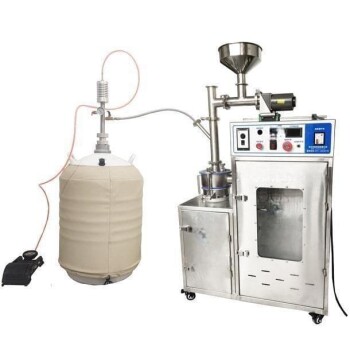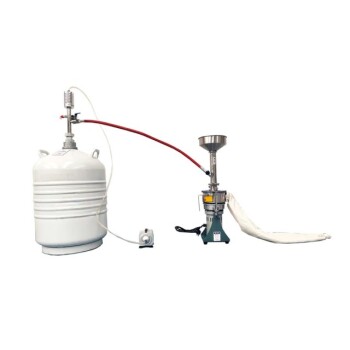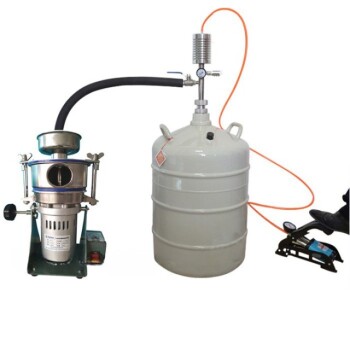Introduction to Molecular Gastronomy
Emergence and Popularity
Molecular cuisine has rapidly ascended to the forefront of culinary innovation, particularly in medium and high-end restaurants. This culinary movement is not just about creating visually stunning dishes; it is deeply rooted in the pursuit of the perfect synergy between flavor and form. By leveraging scientific principles, chefs are able to manipulate ingredients at a molecular level, resulting in dishes that are as much a feast for the eyes as they are for the palate.
The popularity of molecular gastronomy can be attributed to its ability to reinvent traditional dishes, offering diners a novel and unexpected experience. For instance, familiar sauces like oyster sauce can be transformed into caviar-like spheres, while XO sauce might be turned into a delicate foam. These transformations not only add a layer of intrigue but also enhance the sensory experience, making each bite a revelation.
Moreover, the use of advanced techniques such as liquid nitrogen at -196°C allows chefs to instantly alter the structure of ingredients, introducing new textures and flavors that were previously unimaginable. This level of precision and innovation has captivated both culinary professionals and enthusiasts, solidifying molecular gastronomy's position as a leading trend in contemporary cuisine.
Historical Roots in China
China's culinary heritage is deeply intertwined with the principles of molecular gastronomy, showcasing early applications of physical and chemical processes that have stood the test of time. One of the most iconic examples is cotton candy, a confection that demonstrates the transformative power of sugar through controlled heating and rapid spinning. This technique not only creates a visually stunning dessert but also highlights the early understanding of how molecular structures can be manipulated to achieve desired textures and forms.
Similarly, tofu flower, a delicate dish made from soybeans, exemplifies the use of chemistry in food preparation. The process involves coagulating soy milk with salts like nigari or gypsum, resulting in a silky, custard-like texture that can be further shaped and flavored. This method underscores the ancient Chinese appreciation for the interplay between ingredients and their chemical reactions, laying the groundwork for more sophisticated culinary techniques in modern times.
These historical examples illustrate that China's engagement with molecular gastronomy is not a recent phenomenon but a long-standing tradition that has continuously evolved. By examining these early applications, we gain insight into the foundational principles that underpin contemporary molecular gastronomy, bridging the gap between ancient culinary wisdom and modern innovation.

Techniques and Innovations
Transforming Traditional Dishes
Molecular gastronomy introduces a revolutionary approach to traditional dishes, redefining the culinary experience through innovative transformations. For instance, classic oyster sauce noodles are reimagined by converting the oyster sauce into delicate caviar, offering a surprising burst of flavor with each bite. Similarly, XO sauce is transformed into a velvety foam, adding a new dimension of texture and taste to the dish.
These transformations are not merely cosmetic but fundamentally alter the sensory experience. The familiar flavors are preserved, yet presented in a way that challenges traditional perceptions. This method not only enhances the visual appeal but also engages the diner's senses more deeply, making each meal an exploration of both tradition and innovation.
By leveraging scientific techniques, molecular gastronomy breathes new life into age-old recipes, creating a harmonious blend of nostalgia and novelty. This fusion of old and new not only captivates the palate but also invites diners to reconsider their relationship with familiar foods, fostering a richer, more immersive culinary journey.
Use of Liquid Nitrogen
Liquid nitrogen, with its extreme temperature of -196°C, plays a pivotal role in molecular gastronomy by rapidly altering the molecular structure of ingredients. This rapid transformation not only preserves the freshness of the ingredients but also introduces novel textures and flavors that are otherwise unattainable through traditional cooking methods. For instance, the instant freezing capability of liquid nitrogen can turn a liquid ingredient into a solid, such as transforming a liquid sauce into a caviar-like sphere, thereby enhancing the dining experience with an unexpected yet delightful texture.
Moreover, the use of liquid nitrogen allows chefs to experiment with temperature-sensitive ingredients, ensuring that delicate flavors are locked in at their peak. This technique is particularly useful in creating visually stunning dishes where the contrast between frozen and unfrozen components adds an element of surprise and sophistication to the presentation. The versatility of liquid nitrogen in molecular gastronomy extends beyond just freezing; it can also be used to create vapors and mists, adding an atmospheric dimension to the dining experience and engaging the diner's senses in a multi-layered manner.
In summary, the application of liquid nitrogen in molecular gastronomy is a testament to the intersection of science and culinary art, offering chefs a powerful tool to innovate and elevate their dishes to new heights.
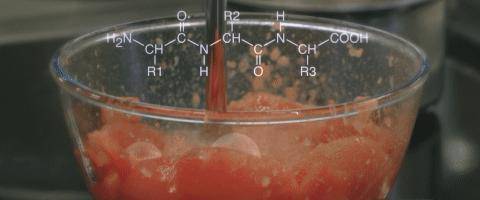
Gelatinization and Other Methods
In the realm of molecular gastronomy, techniques such as gelatinization, large-scale machine cooking, and centrifugal methods are pivotal in crafting dishes that offer layers of flavor and texture. Gelatinization involves transforming ingredients into gel-like structures, often encapsulating flavors within spheres or beads, which burst upon contact with the tongue, creating a delightful sensory experience. This method not only enhances the visual appeal but also adds a novel dimension to taste.
Large-scale machine cooking leverages advanced technology to precisely control cooking parameters, ensuring consistency and excellence in every dish. These machines can execute complex cooking processes with unparalleled accuracy, from sous-vide cooking to vacuum-sealing, preserving the nutritional value and natural flavors of ingredients.
Centrifugal techniques utilize centrifugal force to separate and concentrate flavors, allowing for the creation of intricate sauces and purees. This method is particularly effective in extracting the essence of ingredients, resulting in a concentrated burst of flavor that elevates the dish to new heights.
Together, these techniques not only revolutionize the way food is prepared but also redefine the dining experience, making each meal an exploration of texture, taste, and innovation.
Scientific Approach and Safety
Precision Cooking
Molecular gastronomy employs highly precise cooking methods, such as low-temperature slow cooking, to meticulously preserve the nutritional value and flavor of food. This technique significantly reduces water loss, ensuring that the optimal texture of the ingredients is maintained. By controlling the cooking environment with such precision, chefs can enhance the natural qualities of their dishes, making each bite a harmonious blend of taste and texture.
This approach not only preserves the integrity of the ingredients but also allows for a more controlled release of flavors, which can be particularly beneficial in complex dishes where multiple elements need to complement each other seamlessly. The use of precision cooking in molecular gastronomy is akin to a scientific experiment in the kitchen, where every variable is carefully monitored to achieve the desired outcome.
Moreover, these precise techniques enable chefs to explore new culinary frontiers, pushing the boundaries of traditional cooking methods. For instance, the use of sous-vide cooking, where food is vacuum-sealed and cooked in a water bath at a precisely controlled temperature, has become a staple in molecular gastronomy. This method allows for even cooking and ensures that the food retains its natural juices and nutrients, resulting in a more flavorful and healthier dish.
In essence, precision cooking in molecular gastronomy is not just about cooking food; it's about crafting an experience that engages all the senses, from the first sight of the dish to the last lingering note of flavor on the palate.
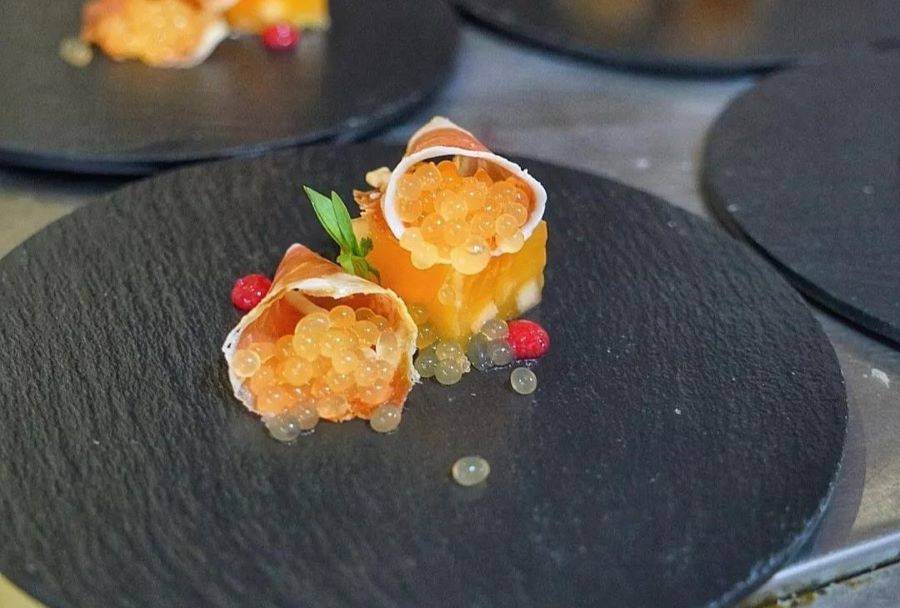
Safety Concerns
While some critics raise concerns about the safety of modifying food's molecular structure, proponents of molecular gastronomy argue that these techniques not only enhance nutritional retention but also eliminate the need for harmful additives. This approach often involves precise cooking methods, such as low-temperature slow cooking, which help preserve the intrinsic nutrients and flavors of ingredients, minimizing water loss and maintaining optimal texture.
For instance, the use of liquid nitrogen at -196°C can instantly change the structure of ingredients, adding new textures and flavors without compromising nutritional value. This method ensures that the food retains its essential vitamins and minerals, which might otherwise be lost in traditional cooking processes. Moreover, techniques like gelatinization into balls or large-scale machine cooking can add layers of flavor and texture without the use of artificial preservatives or enhancers.
In summary, while the scientific manipulation of food molecules may seem radical, it is grounded in a commitment to healthier, more natural ingredients and cooking methods.
Impact on Culinary Experience
Enhancing Sensory Experience
Molecular gastronomy is not just about transforming ingredients; it is a comprehensive approach to culinary art that aims to engage all the senses. This innovative discipline leverages techniques such as precise temperature control and avant-garde presentation methods to create a multisensory dining experience. By focusing on the interplay between sight, taste, sound, and even touch, molecular gastronomy elevates the act of eating into a holistic sensory journey.
One of the key aspects of this approach is the innovative presentation of dishes. Chefs meticulously craft each element of a meal to be visually stunning, often using techniques that defy traditional culinary norms. For instance, a dish might feature edible "smoke" or "foam" that not only looks intriguing but also enhances the aroma and flavor. This attention to detail ensures that diners are not just consuming food, but experiencing it in a novel and captivating way.
Moreover, the use of sound in molecular gastronomy adds another layer to the dining experience. Certain dishes are designed to produce audible effects when consumed, creating an auditory dimension that complements the visual and gustatory sensations. This multi-sensory approach not only makes the meal more memorable but also stimulates a deeper connection with the food.
In essence, molecular gastronomy redefines the dining experience by turning it into an immersive sensory adventure. Through the strategic use of temperature, presentation, and sound, it offers a unique and unforgettable way to engage with food.
Historical and Conceptual Background
Origins and Definition
Molecular gastronomy, a term that has revolutionized the culinary world, was first coined by Hungarian physicist Nicholas Kurti and French chemical physicist Hervé This. This scientific approach to cooking was later popularized by the visionary chef Ferran Adrià, who brought it to the forefront of modern gastronomy. The concept of molecular gastronomy involves the application of scientific principles to culinary practices, aiming to understand the physical and chemical transformations that occur during cooking. This scientific exploration has not only transformed traditional cooking methods but also redefined the way we perceive and experience food.
The collaborative efforts of Kurti and This laid the groundwork for this innovative field, combining their expertise in physics and chemistry to delve into the molecular intricacies of food preparation. Their work was a significant departure from conventional cooking, introducing a new dimension to the art of gastronomy. By analyzing the reactions and changes that take place at the molecular level, they opened up endless possibilities for culinary creativity and experimentation.
Ferran Adrià, often regarded as the pioneer of modern molecular gastronomy, played a pivotal role in popularizing these scientific techniques. His avant-garde approach at the renowned El Bulli restaurant in Spain showcased the potential of molecular gastronomy to a global audience. Adrià's dishes, characterized by their unexpected textures, flavors, and presentations, challenged traditional culinary norms and set new standards for innovation in the kitchen. Through his work, molecular gastronomy transitioned from a scientific curiosity to a widely recognized and celebrated movement in the culinary world.
This fusion of science and cuisine has had a profound impact on the way food is prepared and consumed, influencing not only high-end restaurants but also inspiring home cooks and culinary enthusiasts worldwide. The principles of molecular gastronomy continue to evolve, pushing the boundaries of what is possible in the kitchen and offering a fresh perspective on the age-old practice of cooking.
Related Products
- lab cryogenic grinding use liquid-nitrogen for pulverizing plastic raw materials and heat sensitive materials
- Liquid Nitrogen Cryogenic Grinder Mill Cryomill with Screw Feeder
- Liquid Nitrogen Cryogenic Grinder Mill Cryomill Airflow Ultrafine Pulverizer
- Small Cryogenic Grinder Cryomill Cryogrinder with Liquid Nitrogen for Laboratory Use
Related Articles
- Understanding the Functionality of Cryogenic Cold Traps
- Technologies for Extracting Active Ingredients from Plants
- Application of Ultra-Micro Pulverization Technology in the Food Industry
- Common Sense Points for Vacuum Heat Treatment
- Understanding Cold Traps in Lyophilizers: Key Factors and Evaluation Methods


